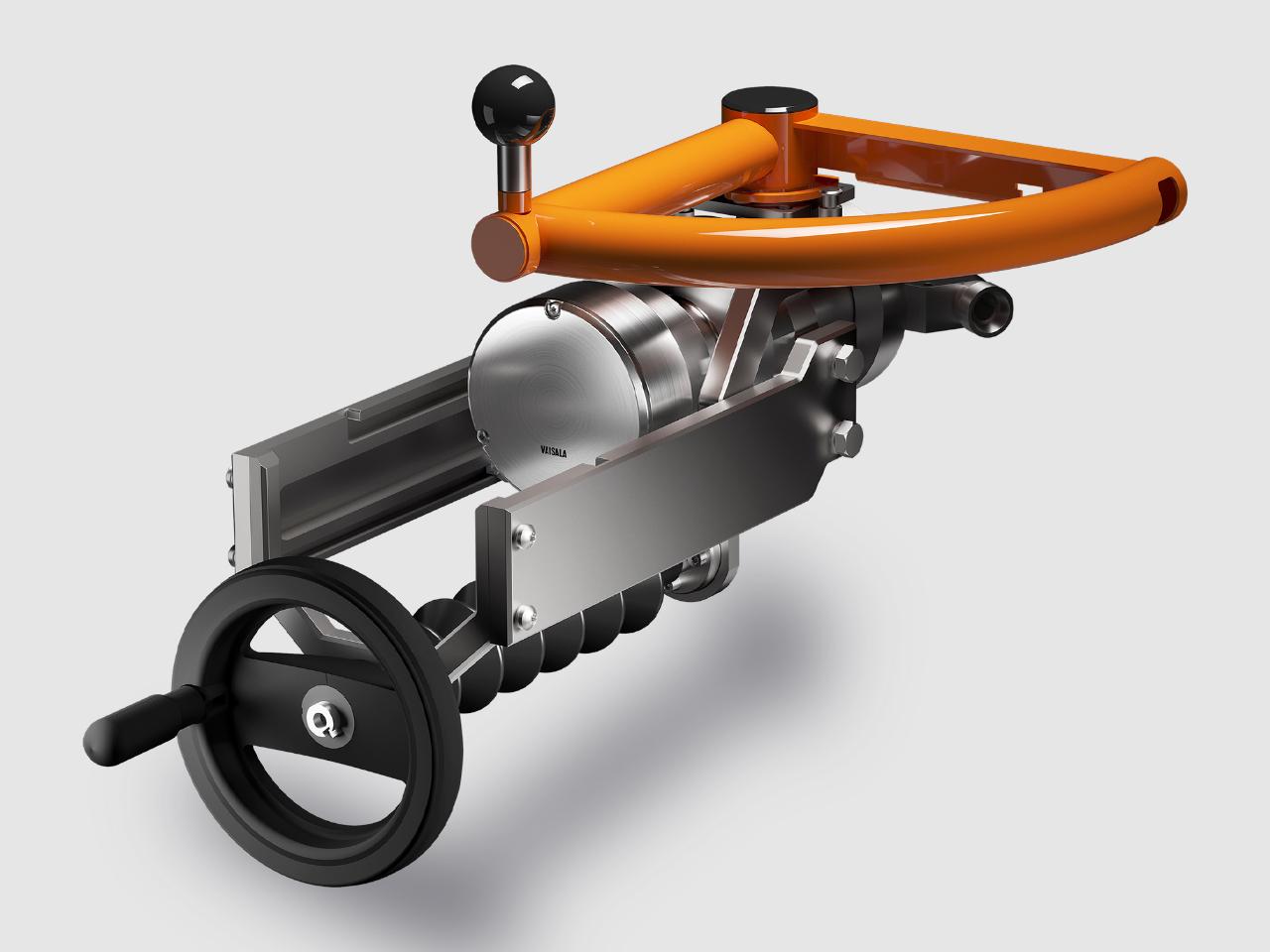In the causticizing process, passive chemicals are converted into active cooking chemicals to make white liquor. This is used in the digester as a cooking chemical and needs to be of a high and consistent quality to maximize mill productivity. Accurate and continuous measurement of green liquor density or total titratable alkali (TTA) is essential to ensure this high quality is maintained.
Making white liquor
The process starts when the smelt from the recovery boiler is dissolved in weak wash in the dissolving tank to produce green liquor. The raw green liquor, which consists mostly of sodium carbonate and sodium sulfide, is then pumped into a stabilization tank to even out fluctuations in density and temperature, and to ensure a more constant liquor composition to the causticizing process.
The clarifier aims to obtain a well-clarified green liquor for the slaker. It also reduces dregs carryover, which causes problems in downstream equipment. In the slaker, the clarified green liquor is brought into contact with reburned lime. This slaking reaction converts the green liquor into white liquor by converting sodium carbonate into sodium hydroxide, an active pulping chemical. Impurities, known as grits, are also separated at this stage.
White liquor is produced in slaker where sodium carbonate (Na2CO3) reacts with reburned lime (CaO) forming white liquor (NaOH) and calcium carbonate CaCO3, which is separated in lime mud washers and burned in lime kiln back to CaO.
Maximizing mill productivity
Green liquor density or TTA must be measured accurately to achieve high-quality white liquor. Real-time measurement and control of density/TTA during the causticizing process has several notable benefits:
- Increased causticizing efficiency
- Improved white liquor quality
- Safe operation of the green liquor dissolving tank and slaker
- Consistent and high green-liquor TTA levels for slaking
- Possibility to quickly trim green liquor automatically to counter disturbances
- Reduced risk of overliming



